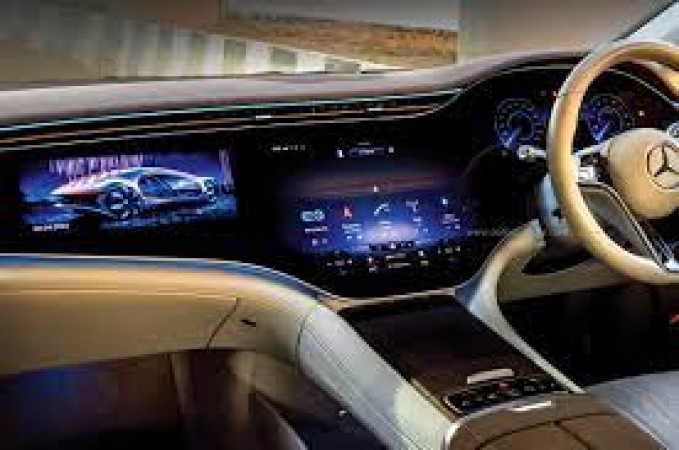
In an era of technological advancement, touchscreen controls have become increasingly prevalent in modern cars. While these interfaces offer convenience and functionality, there is growing concern about the safety implications of integrating more controls into touchscreen systems. Euro NCAP (European New Car Assessment Programme), a renowned authority in vehicle safety, is actively assessing the risks associated with this trend and exploring potential measures to mitigate them.
The Rise of Touchscreen Controls in Automotive Design
In recent years, automotive manufacturers have embraced touchscreen technology as a central component of their infotainment systems and vehicle interfaces. Touchscreens offer a sleek and intuitive way to access various functions such as navigation, entertainment, climate control, and vehicle settings. With the ability to display rich graphics and customizable layouts, touchscreen interfaces provide drivers with a modern and connected driving experience.
Safety Concerns Surrounding Touchscreen Interfaces
However, the proliferation of touchscreen controls has raised concerns among safety experts and consumer advocates. One major worry is the potential for driver distraction, as interacting with touchscreens requires visual and cognitive attention that could divert focus from the road ahead. Unlike physical knobs and buttons, which can be operated by touch alone, touchscreen interfaces often require users to glance away from the road to locate and select virtual controls.
Euro NCAP's Evaluation of Touchscreen Safety
Recognizing the importance of addressing these safety concerns, Euro NCAP has initiated evaluations to assess the impact of touchscreen controls on driver distraction and overall vehicle safety. Through rigorous testing protocols and real-world simulations, Euro NCAP aims to identify potential hazards associated with touchscreen interfaces and establish guidelines for manufacturers to improve their safety performance.
Potential Risks of Increased Touchscreen Controls
One of the primary risks associated with expanding touchscreen controls in cars is the potential for cognitive overload. With an increasing number of functions accessible through touchscreens, drivers may face challenges in navigating complex menus and submenus while maintaining attention on the road. This cognitive burden can lead to slower reaction times and increased likelihood of errors, particularly in critical driving situations.
Mitigating Risks Through Design and Regulation
To address these risks, Euro NCAP is exploring various strategies to enhance the safety of touchscreen interfaces in cars. This includes advocating for intuitive design principles that minimize distraction and cognitive load, such as larger touch targets, simplified menu structures, and voice-activated controls. Additionally, Euro NCAP may recommend regulatory measures to establish minimum safety standards for touchscreen interfaces, ensuring that manufacturers prioritize safety in their design decisions.
Balancing Innovation with Safety
While touchscreen technology offers undeniable benefits in terms of functionality and user experience, it must be deployed responsibly to ensure driver safety remains paramount. Euro NCAP's efforts to evaluate and address the safety implications of increased touchscreen controls in cars reflect a proactive approach to promoting innovation while safeguarding road users from potential harm.
In conclusion, the proliferation of touchscreen controls in cars has sparked important discussions about driver safety and distraction. Euro NCAP's ongoing evaluations and advocacy efforts play a crucial role in identifying potential risks associated with touchscreen interfaces and advocating for measures to mitigate them. By striking a balance between innovation and safety, automotive manufacturers can harness the benefits of touchscreen technology while ensuring that drivers remain focused and safe behind the wheel.
Here's How India to Link Duty Cuts with Investments in EFTA Deal
Vivo V29e price reduced, phone with 50MP selfie camera will be available cheaply